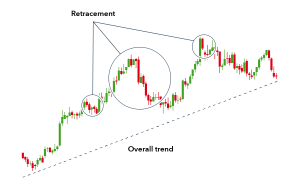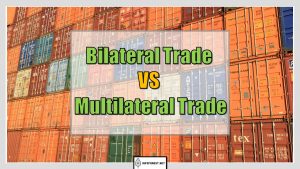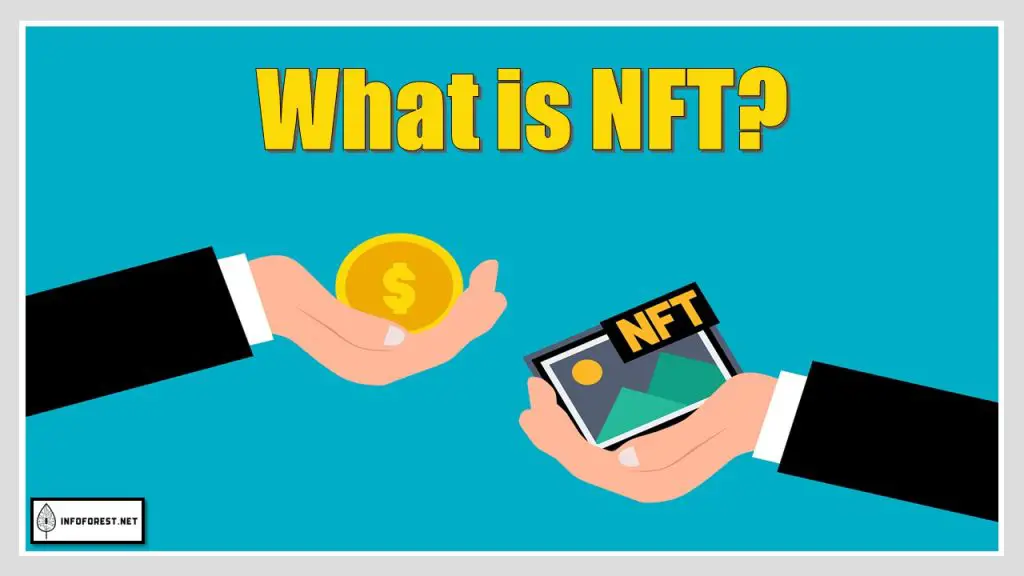
NFTs are a type of digital asset that represents ownership or proof of authenticity of a specific item, such as a piece of artwork, music, video, or other forms of creative content. Unlike cryptocurrencies, NFTs cannot be replaced or exchanged for an equivalent item, as each NFT is unique and has its own distinct value based on its rarity, scarcity, and other factors. NFTs are usually built on blockchain technology, which allows for secure, transparent, and tamper-proof record-keeping of transactions. This allows NFTs to be bought, sold, and traded as valuable collectible items. The use of NFTs is gaining popularity in the art and entertainment industries, allowing creators to monetize their work and for collectors to own a piece of unique digital content.
What Is a Non-Fungible Token (NFT)?
A Non-Fungible Token (NFT) is a unique digital asset that represents ownership or proof of authenticity of a specific item or piece of content, such as artwork, music, video, or other forms of creative works. NFTs are stored on a blockchain network, which provides a secure and transparent ledger of all transactions, ensuring the scarcity and uniqueness of each NFT. Unlike cryptocurrencies, NFTs cannot be exchanged for an equivalent unit or item, as each NFT is distinct and has its own individual value based on factors such as rarity, scarcity, and cultural or historical significance. NFTs are becoming increasingly popular in the art and entertainment industries, allowing creators to monetize their work and for collectors to own a one-of-a-kind digital asset.
History of NFT
The concept of Non-Fungible Tokens (NFTs) can be traced back to the early days of cryptocurrency, with the creation of Bitcoin in 2009. However, it wasn’t until the advent of Ethereum in 2015 that NFTs, as we know them today, began to take shape. Ethereum introduced the ability to create and trade custom tokens on its blockchain, opening the door for the creation of NFTs.
The first NFTs were primarily used in gaming and collectible trading card games. However, it wasn’t until 2017 that NFTs started to gain widespread attention, with the first major NFT art sales taking place on blockchain marketplaces. Since then, the use of NFTs has expanded to include a wide range of creative content, including music, video, and virtual real estate.
As the popularity of NFTs continues to grow, they are becoming increasingly mainstream, with high-profile sales and collaborations between artists, musicians, and other creatives. The use of NFTs is also expanding beyond the art world, with potential applications in areas such as real estate, fashion, and ticketing. Despite some controversies and criticism, the NFT market shows no signs of slowing down and is expected to continue to evolve and mature in the coming years.
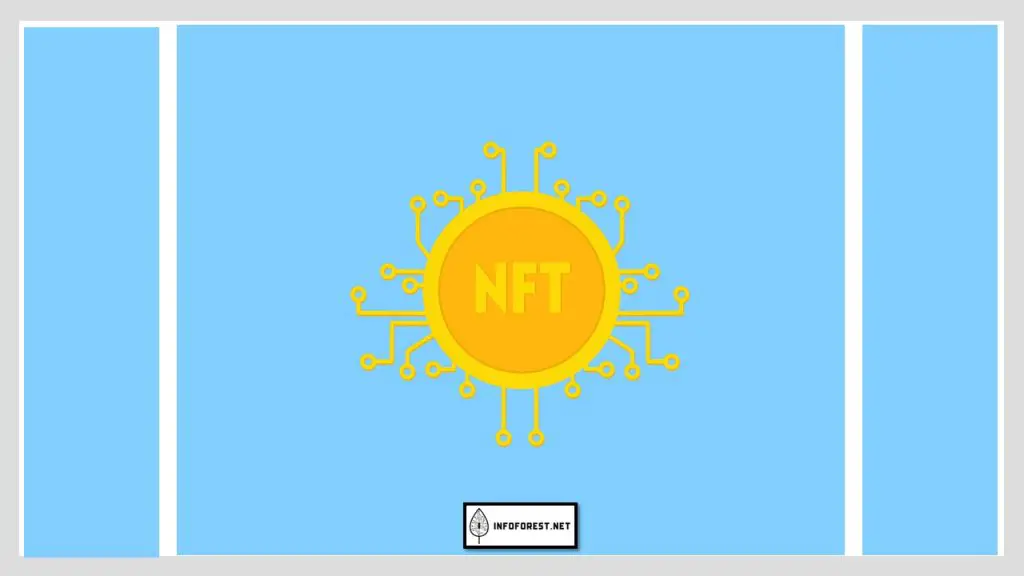
How NFT Work?
Non-Fungible Tokens (NFTs) work by using blockchain technology to create a unique and secure digital asset. Here’s how NFTs typically work:
- Creation: An NFT is created by a content creator or artist, who uploads a piece of media, such as an image, video, or audio file, to a blockchain network.
- Tokenization: The digital asset is then tokenized, meaning that it is assigned a unique digital identifier, often in the form of a string of numbers and letters, and is recorded on the blockchain.
- Verification: The NFT is verified and confirmed on the blockchain, ensuring its uniqueness and providing a secure and transparent record of ownership.
- Sale and Trading: Once created, NFTs can be bought, sold, and traded just like any other digital asset. The ownership of an NFT is recorded on the blockchain and can be easily transferred from one person to another through a secure and transparent transaction.
- Storage: NFTs are stored on the blockchain and can be accessed by the owner at any time. They can also be viewed and verified by anyone with access to the blockchain.
The use of blockchain technology provides a secure and transparent way to transfer and store NFTs, ensuring their scarcity and uniqueness, and enabling the creation of a new market for unique digital assets.
Blockchain and Fungibility
Blockchain is a decentralized and distributed digital ledger that records transactions across many computers in a secure and transparent manner. It is the underlying technology behind cryptocurrencies like Bitcoin, but it can also be used to store and transfer other types of assets and information.
Fungibility is a property of assets that means they can be interchanged with other assets of the same type and value. In other words, fungible assets are interchangeable and have the same value, regardless of their history or origin. Examples of fungible assets include currency, gold, or other commodities.
In contrast, non-fungible assets, like NFTs, are unique and cannot be exchanged on a one-to-one basis with other assets of the same type and value. NFTs use blockchain technology to ensure the uniqueness and ownership of digital assets, making them a good fit for representing valuable digital assets that require proof of authenticity and ownership.
We also invite you not to miss our other popular articles such as:
Difference Between Rose Gold and Yellow Gold– ChatGPT–Difference between left and right Twix–Difference Between Eastern Time Zone and Central Time Zone–Difference Between Capitalism and Communism– Difference Between EST and EDT–How many weeks in a Year– Difference Between Evening and Afternoon – Democrat vs Republican
Examples about NFTs
Here are a few examples of NFTs:
- Artwork: Digital art pieces, such as paintings, illustrations, or animations, can be tokenized as NFTs and sold as unique, one-of-a-kind assets.
- Collectibles: Virtual collectibles, like trading cards or in-game items, can be tokenized as NFTs and bought, sold, or traded.
- Music: Musicians and composers can tokenize their music as NFTs and sell ownership rights, royalty streams, or exclusive experiences to fans.
- Videos: Filmmakers and video content creators can tokenize their work as NFTs and sell ownership rights, exclusive access, or distribution rights.
- Domain Names: Ownership of domain names can be tokenized as NFTs, making it easier to manage and transfer ownership of web domains.
These are just a few examples of how NFTs are being used to represent valuable digital assets, but the potential uses for NFTs are virtually limitless.
Benefits of NFTs
Here are a few benefits of NFTs:
- Ownership and Authenticity: NFTs provide a secure and transparent way to prove ownership and authenticity of digital assets, making it easier to manage and transfer digital ownership rights.
- Decentralization: NFTs use blockchain technology, which is decentralized and distributed, making it more difficult for any single party to manipulate or control the ownership or value of an NFT.
- Liquidity: NFTs can be bought, sold, or traded just like any other asset, making it easier for creators and owners to monetize their digital creations.
- Versatility: NFTs can represent a wide range of digital assets, including art, music, videos, collectibles, and even domain names, making them useful for a wide range of applications and industries.
- Transparency: NFTs have a clear and transparent ownership history recorded on the blockchain, making it easy to verify ownership and track the value and history of an NFT.
Overall, NFTs offer a way to represent and manage valuable digital assets in a secure and transparent manner, making it easier to monetize and transfer digital ownership rights.
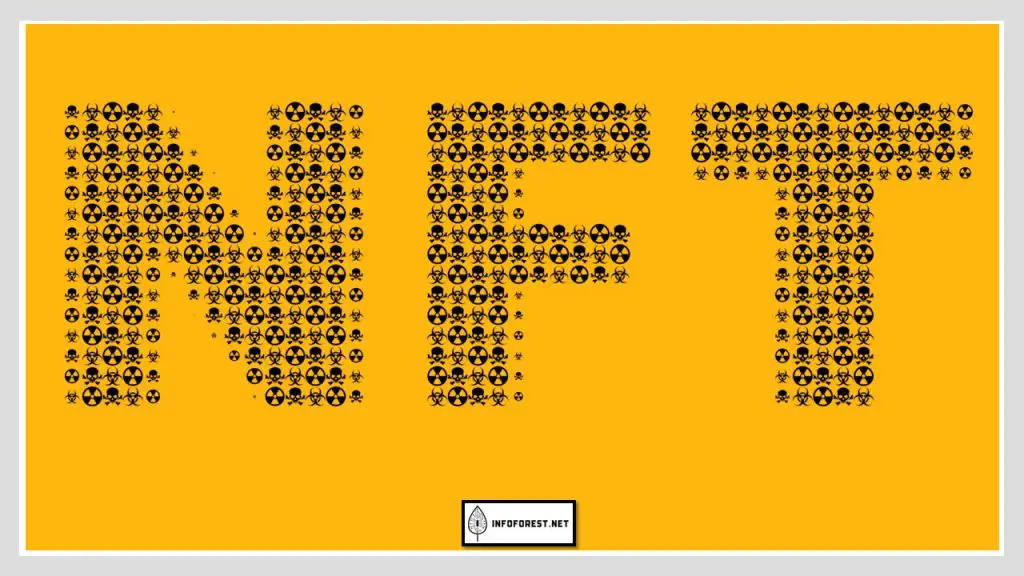
Is NFTs Safe?
Like any new technology, NFTs come with both risks and benefits. While NFTs are generally considered safe, it’s important to be aware of the potential risks and to take steps to protect yourself and your assets.
Here are a few risks to consider when buying or using NFTs:
- Security risks: As with any asset stored on a blockchain, NFTs can be vulnerable to hacking, theft, or other security breaches if proper measures are not taken to protect them.
- Scams and fraud: The market for NFTs is relatively new and not yet fully regulated, making it easier for scammers and fraudsters to take advantage of unsuspecting buyers.
- Market volatility: The value of NFTs can be highly volatile, with prices rising and falling rapidly in response to changes in market demand.
- Technical issues: NFTs are still a new technology, and there can be technical issues, such as compatibility problems or network congestion, that may affect their functionality or value.
However, with the right precautions and knowledge, NFTs can be a secure and valuable asset for creators, collectors, and investors. It’s important to do your research, use trusted platforms and wallets, and carefully consider the risks and benefits of buying or using NFTs before making any decisions.
What Does Non-Fungible Mean?
Non-fungible refers to assets that are unique and cannot be exchanged on a one-to-one basis with other assets of the same type and value. In other words, non-fungible assets are distinct and cannot be replaced or exchanged with identical assets. Examples of non-fungible assets include real estate, works of art, and other collectibles.
In contrast, fungible assets are interchangeable and have the same value, regardless of their history or origin. Examples of fungible assets include currency, gold, or other commodities.
The distinction between fungible and non-fungible assets is important because it affects how they are valued, managed, and traded. Non-fungible assets are often considered more valuable due to their uniqueness, but this can also make them more difficult to manage and trade since their value is tied to their specific history and characteristics.
Most Viewed Articles
Conclusion
In conclusion, NFTs (Non-Fungible Tokens) are digital assets that represent ownership or proof of authenticity of unique and valuable digital assets, such as art, music, videos, collectibles, and even domain names. They use blockchain technology to provide a secure and transparent way to manage and transfer ownership rights, and offer many benefits, including decentralization, liquidity, and versatility.
However, like any new technology, NFTs also come with risks, such as security risks, market volatility, and the potential for scams and fraud. It’s important to be aware of these risks and to take steps to protect yourself and your assets when buying or using NFTs.
Overall, NFTs represents a promising and rapidly growing area of technology, with the potential to revolutionize the way digital assets are managed and valued. As the market for NFTs continues to evolve, it’s important to stay informed and make informed decisions when buying or using NFTs.
We also invite you not to miss our other popular articles such as:
What is a Recession– What Is Bitcoin– What Is PayPal and How Does it Work – Kilometer vs Mile – How to get rid of hiccups What does TBH mean – What does NSFW mean – What does IG mean–What does CAP mean– What is normal blood pressure –What is the rarest blood type–Difference Between Hotel And Motel – Differences Between Chinese and Japanese and Difference Between Zip Code and Postal Code







